Tapping into the Different Types of Intelligence
I watch as two-year-old Thalhah works his way through a 60-piece puzzle. I’ve seen this child spend hours quietly working his way through puzzle after puzzle—which leads me to wonder if some children are just better at solving puzzles than others. Is puzzle-solving an innate skill? Or can any child become a puzzle master?
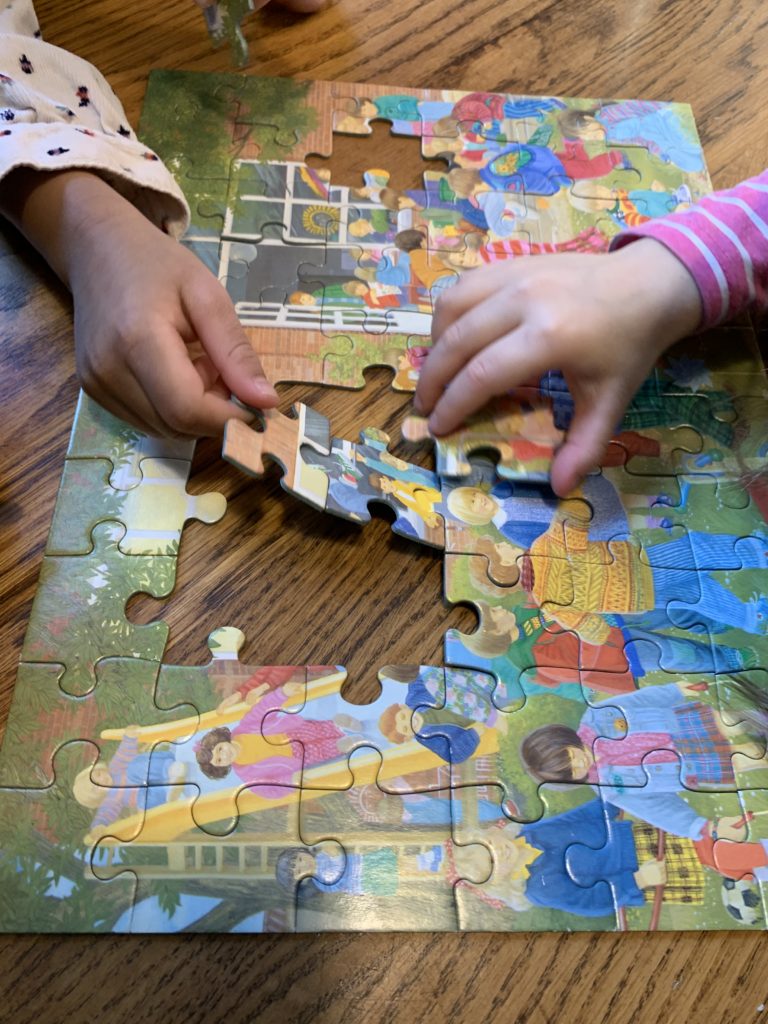
In his 1983 book, Frames of Mind: The Theory of Multiple Intelligences, Harvard University psychologist and neuroscience professor Howard Gardner proposed that people have many different kinds of “intelligences.”
Gardner believes that there are nine intelligences, including visual-spatial intelligence, linguistic-verbal intelligence, logical-mathematical intelligence, bodily-kinesthetic intelligence, musical intelligence, interpersonal intelligence, intrapersonal intelligence and naturalistic intelligence. He also suggested that there may be a ninth type, which he referred to as “existentialist intelligence.” These various types of intelligence, according to Gardner, exist in different individuals in varying degrees and emerge over time.
Gardner’s Theory of Multiple Intelligences can provide a helpful framework as you observe how your students approach learning. You’ll gain insights that will enable you to assess your early learners and their different learning styles in an entirely new way and help you determine the best learning environment and activities for each child.
So grab a piece of paper and a pencil! Many of your students’ names will come to mind as you read this post and reflect on the different ways that each child thinks, solves problems and learns.
VISUAL-SPACIAL INTELLIGENCE (Picture Smart)
Students with high spatial intelligence think and process information in pictures and images. They have excellent visual-receptive skills and fine-motor skills. They like to build with Legos, read maps and do jigsaw puzzles, which they can visualize accurately and abstractly.
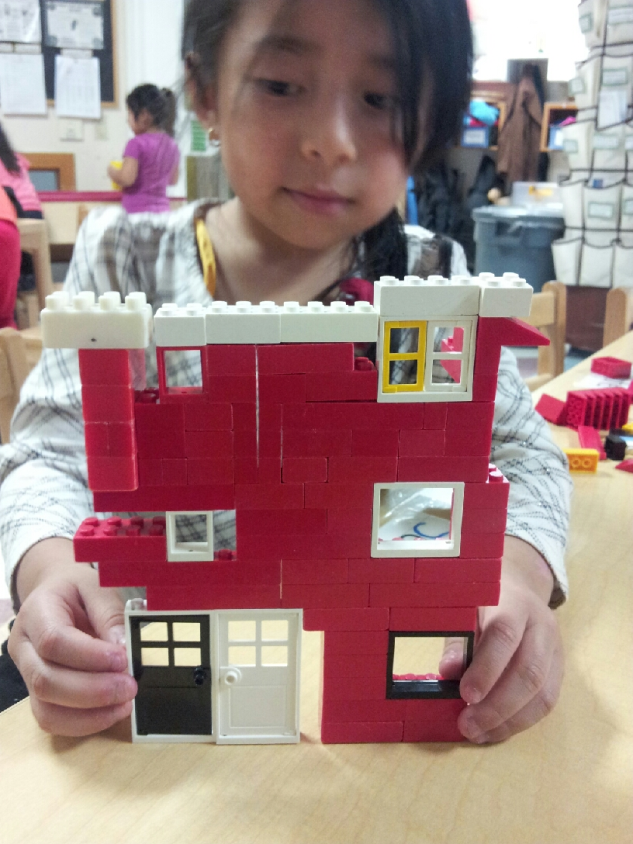
BODILY-KINESTHETIC INTELLIGENCE (Body Smart)
Students who possess bodily-kinesthetic intelligence are keenly aware of the world as they explore it through touch and movement. Their bodies and minds work in harmony and they can control their bodies with grace, expertise and athleticism. These children can be taught through physical activity, hands-on learning and role playing.
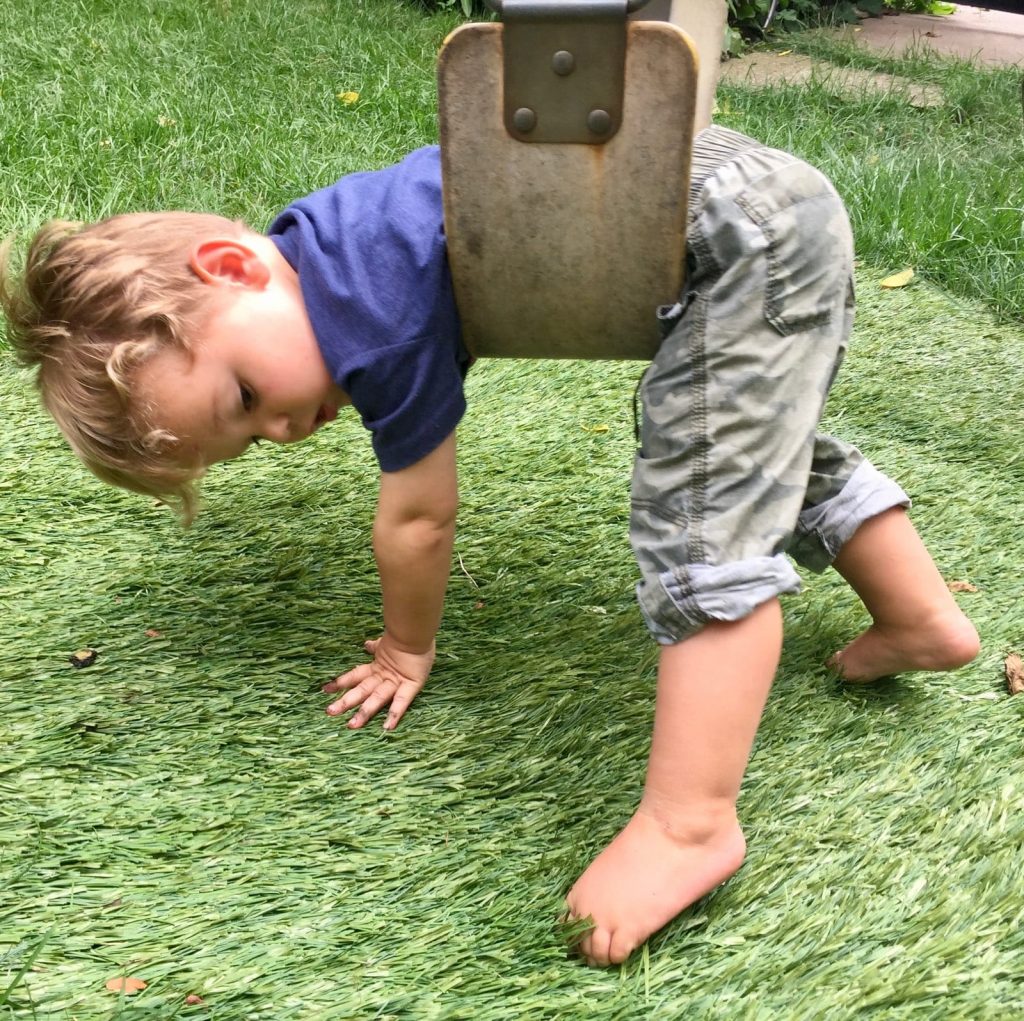
MUSICAL INTELLIGENCE (Music Smart)
Musical students think, feel and process information primarily through sound. They are sensitive to sounds in their environments, and they may learn better with music playing in the background. They can be taught by turning lessons into lyrics, speaking rhythmically and tapping out time.
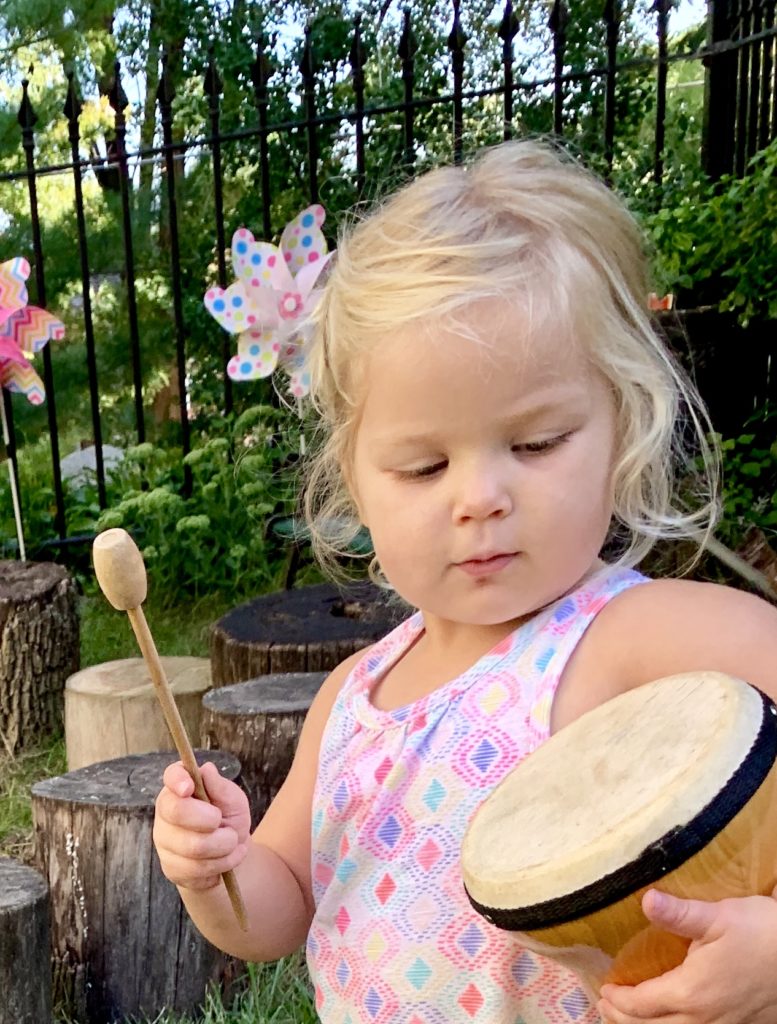
INTERPERSONAL INTELLIGENCE (People Smart)
Students with a high level of interpersonal intelligence have a natural ability to interact with, relate to and get along with others. They are good leaders. These students learn through interaction. They have many friends, show empathy for others and possess “street smarts.” They often learn best by engaging in group activities and dialogues.
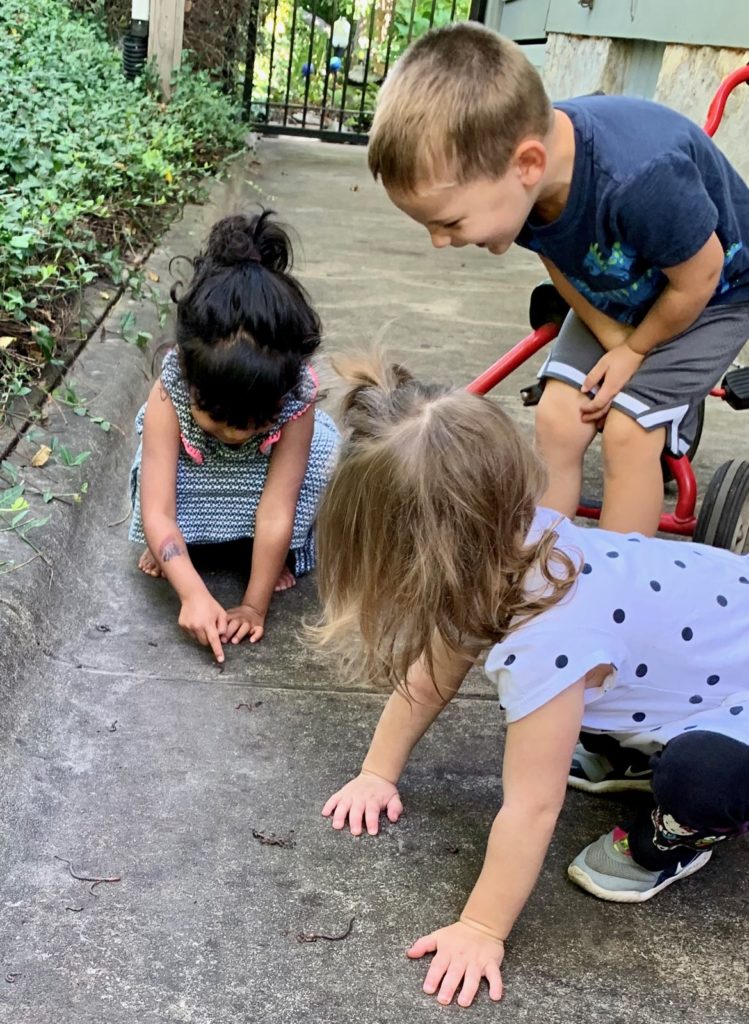
INTRAPERSONAL INTELLIGENCE (Self Smart)
Children with strong intrapersonal intelligence have a deep awareness of their feelings, ideas and goals. These learners tend to shy away from others. They are strong-willed, confident and opinionated. They learn through books, creative materials, privacy and time. Students with this type of intelligence usually need time alone to process and create.
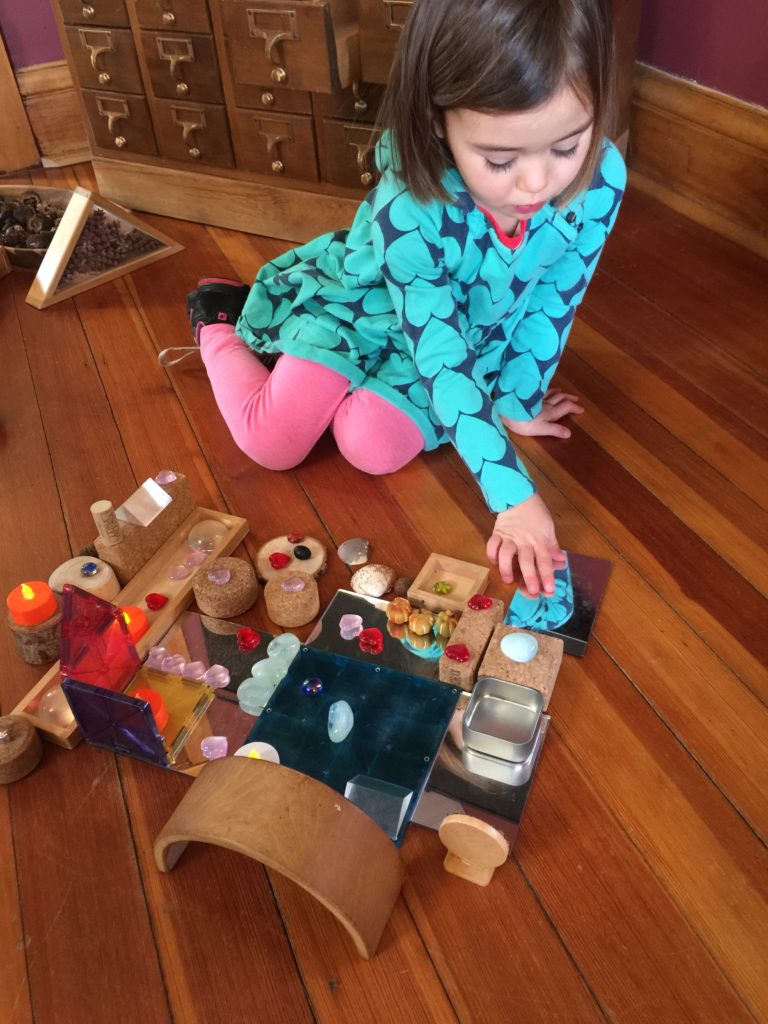
VERBAL-LINGUISTIC INTELLIGENCE (Word Smart)
Verbal-linguistic students love words and use them to “think through” and solve problems. These learners have highly developed auditory skills and often think in words. They like reading, playing word games and making up poems or stories. You can help these students learn by encouraging them to say and see words, read books, solve riddles and play rhyming games.

LOGICAL-MATHEMATICAL INTELLIGENCE (Math Smart)
Logical-mathematical students enjoy working with numbers. They can easily interpret data and analyze abstract patterns and have a well-developed ability to reason and think in terms of cause and effect. These children are able to see and explore patterns, solve puzzles and ask questions. They like to experiment. They need to learn by investigation and form concepts before they can deal with the details.

NATURALISTIC INTELLIGENCE (Nature Smart)
These children enjoy being in nature and want to preserve and protect the natural world. Students with strong naturalistic intelligence easily recognize and categorize plants, animals and rocks. They enjoy playing in the water or with pets and bugs and generally enjoy the outdoors. These children like to sit near windows and play with natural loose parts. They may learn better outdoors.

EXISTENTIAL INTELLIGENCE (Life Smart)
These children see the big picture and are deep and reflective thinkers. They are often capable of tackling deep existential questions such as “Why are we here?” and “Why do we die?” The best way to teach these children may be by diving into all the reflective thoughts that they throw at us. They love to think about how the world works, so topics such as gravity, weather, the planets and the universe all seem to pique their interest. These children like volunteering to help out in the classroom or support their latest cause. They also enjoy group discussions and discussions with adults.

When we focus on learning styles, we can see why children who have visual-spatial or logical-mathematical intelligence are more drawn to puzzles and may be better at solving them. If you’ve ever observed children who could complete puzzles that were clearly too advanced for their age, it’s likely that these children possessed high levels of visual-spatial and/or logical-mathematical intelligence.
When you learn how your students learn best, this knowledge takes your teaching up a notch and helps your students soar. Could this be the piece of the puzzle that changes how you present a topic to a struggling student? Give it a try and find out!
“We are not all the same, we do not all have the same kinds of minds and education works most effectively for most individuals if human differences are taken seriously.”
— Howard Gardner, Harvard University psychologist and neuroscience professor
Reading this makes me realize that I need to up my game when it comes to having different learning methods in my classroom.
we can use many methods in our classrooms
I totally agree with this. Some children are easy to figure the preferred learning style, others take me a minute to find.